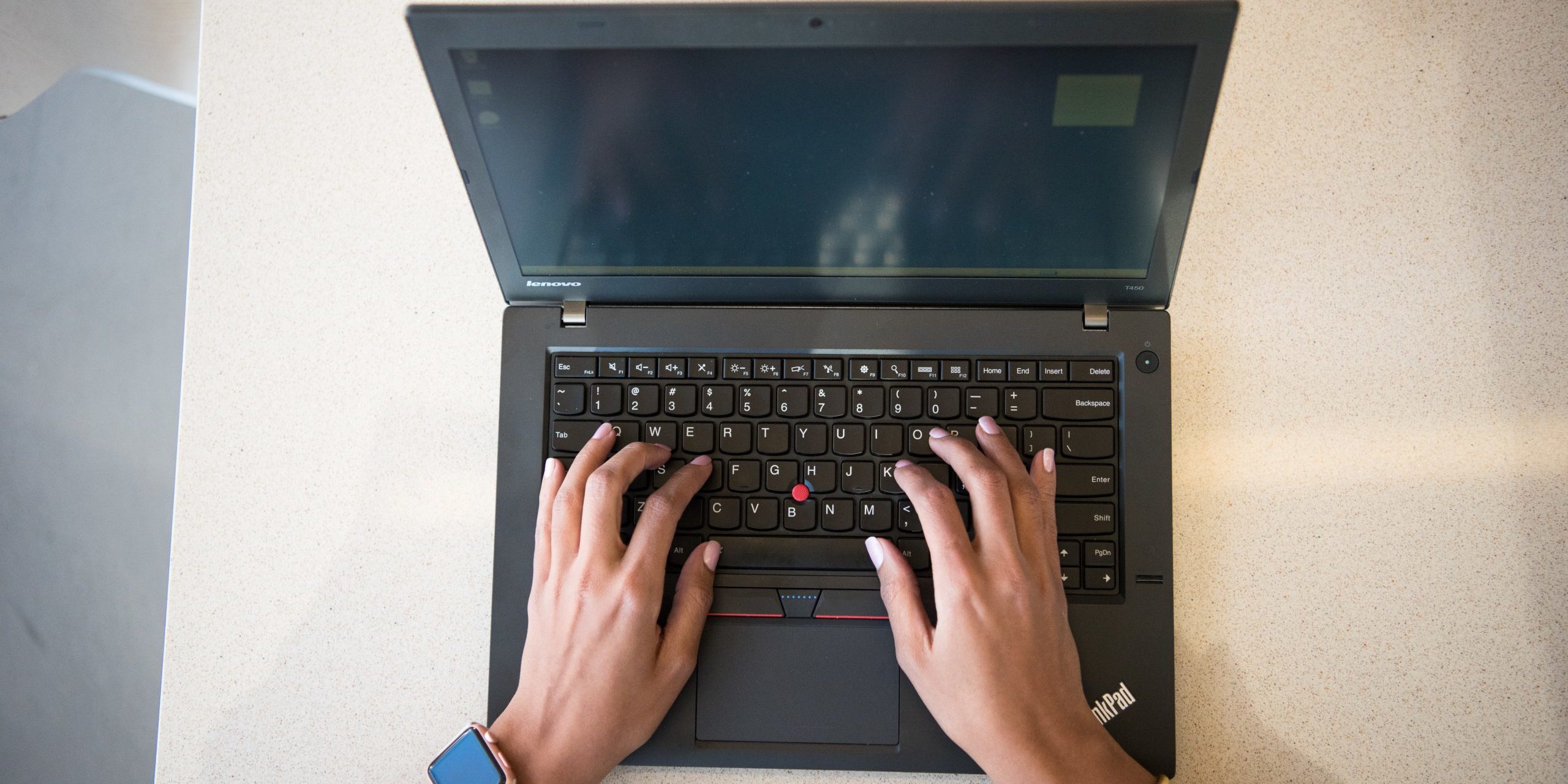On Tuesday 5 October 2022, the new evolutionary, Windows 11 upgrade 2021 operating system (OS) started to be rolled out. The update focuses on the end-user and their productivity and experience of using their device in the new era of the hybrid working environment. The operating system is a fresh and flexible innovation on the previous Windows 10 and is set to be another leap towards more secure, reliable, significant, and impactful infrastructure with Windows.
Start of Deployment
The Windows 11 upgrade will be available across the globe for free, and eligible devices that currently have Windows 10 will gradually start to see the option to download the new OS in their ‘settings’ menu.
Microsoft said the launch will be “phased and measured,” with new eligible devices getting the upgrade first and the rest getting offered the free upgrade sometime between October and mid-2022, depending on your hardware, age of the device, and other factors.
All the features from Windows 10 have been carried forward to Windows 11 making it a familiar interface with the same device management tools we are accustomed to seeing. From 5 October 2021, all new PC devices with Windows preinstalled will feature WIndows 11.
Microsoft recommends that units sold in the year 2019 or after will be compatible with Windows 11. That does not mean you will not be able to have Windows 11 on your device, it will be a matter of installing it rather than upgrading it, however, they inform us that the install will be unsupported.
Windows 11 is currently offering the capability of reversing the upgrade up to 10 days after. If you decide that the new attributes are not suitable there is a rollback function that allows you to keep your data as well as moving back to Windows 10. Once these 10 days are over, the reversal becomes more difficult as your data will need to be backed up and a ”clean install’ will need to be completed.
Getting Started with the Windows 11 Update 2021
If you have been offered the opportunity to upgrade your device to Windows 11, here are some important things to remember when installing and starting to deploy the operating system.
- For the upgrade there is no license, it is completely free and will start to be deployed within all Windows 10 devices from 5 October 2021.
- As previously mentioned, Windows 11 has the same foundation blocks as Windows 10 so should be similar to navigate. There may be a few changes but these are all to help with being able to properly manage and support your device even more so than Windows 10.
- If you have any security, data protection, or management solutions on your device that are not Microsoft, it may be wise to check that it will be compatible with Windows 11 to prevent it from being useless after the upgrade is complete.
- Similar to Windows 10 and all other operating systems, Windows 11 will require frequent updates and will receive monthly quality updates. However, it will have a new feature update cadence.
- Windows 11 feature updates will be released once per year.
- Microsoft 365 licenses that include Windows 10 licenses will permit you to run Windows 11 on supported devices.
- If you have a volume license, it will equally cover Windows 11 and Windows 10 devices before and after the upgrade.
When Windows 11 reaches general availability, important servicing-related announcements and information about known issues and safeguard holds can be found on the Windows release health hub. Monthly release notes will also be available from a consolidated Windows 11 update history page at that time. For more information, see the Servicing and Support page.
If you are a Link ICT client we will be in touch with you to discuss the phasing in of the update within your IT infrastructure. Alternatively, if you have questions or would like to learn more about whether your devices are eligible for the Windows 11 upgrade, please get in touch today!

